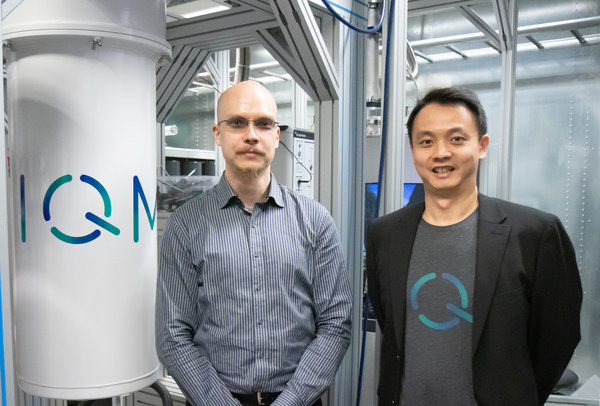– Korea’s Sole Satellite Operator to Lead Global Satellite Industry with 5G –
– KT SAT Also Demonstrated New Broadcasting Services with KT Skylife –
SEOUL, South Korea, Oct. 1, 2020 — KT SAT Co, the satellite-operating subsidiary of KT Corporation, South Korea’s largest telecommunications company, demonstrated the world’s first satellite-5G hybrid router transmission technology at the SatelliteAsia 2020 exposition.
The cutting-edge technology for seamless connectivity between satellite and 5G is jointly developed by the KT Institute of Convergence Technology last November. KT SAT presentations at the global expo are also highlighting the possibility of using satellites as communication backup networks and extending their use to broadcast communication.
KT SAT hopes to gain momentum in consolidating its position as a leading global satellite operator by showcasing its satellite resources and technology during the event. South Korea’s sole satellite operator aims to secure a beachhead for its global outreach and expand its communication satellite business segment.
"Our participation in the SatelliteAsia online exposition this year opens a new page in global communication in a COVID-19 world," KT SAT CEO Song Kyung-Min said. "In the years ahead, we at KT SAT will show our satellite technology prowess and enhance our status in the global market."
SatelliteAsia is held annually as a part of ConnecTechAsia, the largest broadcast communication exposition in the Asia-Pacific region. KT SAT has been participating in the exposition, held in Singapore, since 2014. Because of the COVID-19 pandemic, this year’s global gathering of major satellite operators is held online from September 29 to October 1.
As a powerhouse of 5G and broadcast, a current key issue in the industry, KT SAT’s online booth at the expo is displaying a variety of contents on its satellite technology and services besides its technology for connecting satellite and other networks. The company also actively utilizes the SatelliteAsia conference and booth displays. Visitors may engage in a real-time Q&A session with KT SAT officials.
KT SAT officials are also participating in a forum at the online expo, which explores the next phase of satellite data market in Southeast Asia, and are engaging in panel discussions with global satellite operators.
The panels are devoted to changes and trends in the satellite data market, sustainable growth of mobile backhaul via satellite and solution development in the broadband services market. The participants share their experiences and pursue new opportunities.
KT SAT is also exhibiting its latest broadcast communication services in collaboration with KT Skylife Co., another KT subsidiary and provider of satellite broadcasting services. The exhibition emphasizes the synergy from collaboration between KT’s two major satellite units.
The exhibits focus on KT Skylife’s successful introduction of an android-based set-top box and changes in the market for Direct-to-Home (DTH) service based on High Efficiency Video Coding (HEVC), a video compression standard doubling the compression ratio of H.264/AVC and supporting 8K ultra-high definition.
MEDIA CONTACTS
For inquiries, please contact our Foreign Media Relations Team at kt.fmrt@gmail.com
ABOUT KT CORPORATION (KRX: 030200; NYSE: KT)
KT Corp., Korea’s largest telecommunications service provider, is leading the new era of innovations in one the world’s most connected countries with 5G, Big Data, Cloud, IoT, Blockchain and other transformative technologies. KT launched the world’s first nationwide commercial 5G network in April 2019, after showcasing the first trial 5G services at the PyeongChang Winter Olympic Games in February 2018. To help cope with COVID-19, KT is staging a social campaign, dubbed "Ma-Eum:TACT (Heart to Heart)," providing technology supports for people and businesses in need. KT will deliver most essential and innovative services and solutions to its customers around the world as the first frontier in the next technology revolution and number one Global ICT Company.
- For more information, please visit our English website at https://corp.kt.com/eng/
Related Links :
https://corp.kt.com



